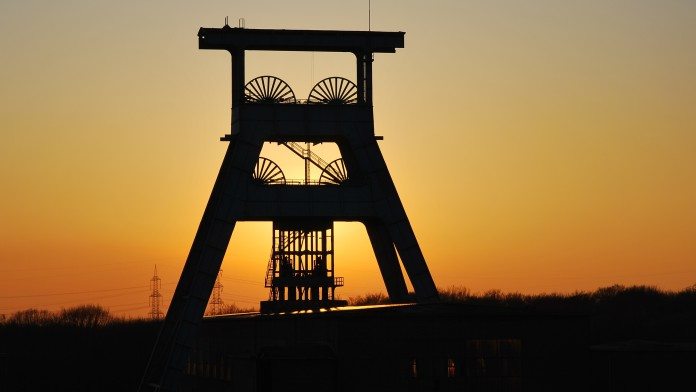
THERE have been many ways of quantifying the damage inflicted by over-supply and falling demand in the commodity sector over the past three years, but Anglo American CEO, Mark Cutifani’s description is among the most chilling.
Speaking in his Mining Indaba conference address, he said that every month over the last three years there had been on average a 1.5% decline in commodity prices equal to $350m per month in revenues. “That’s a big number,” he said.
Viewed in these terms, it’s not surprising that mining stocks have suffered.
However, the recent rally which has seen Anglo American surge 17% on the day of its full-year results presentation, whilst BHP Billiton and South32 gained 30% in the last week of February, would seem to suggest there was an element of the oversold to recent mining sector liquidations.
Not so fast, say Investec Securities in a recent note. “The recent rally across the mining sector is concerning given that there seems little foundation for an event of such magnitude,” it said.
“The mining industry is still in the deep dark woods and has many issues to sort out before emerging into the sunshine,” it added referring investors to its Mining Clock, partly inspired by investment group Lion Selection which uses a similar premise to describe the boom/bust nature of the markets in general.
According to Investec, the downgrade of Anglo’s and Kinross Gold’s credit rating, and that of another firm, Peruvian gold firm Hochschild Mining, is part of a broad sweep on mining that puts the commodity market somewhere close to four o’clock, just before metal prices start to stabilise.
The hours between 12 and 4 are typified by the initial shock of a crash followed by cost cutting, company liquidations, cuts to dividends, write-downs and credit agency downgrades. As one edges towards 4 it’s about time to start looking at mining shares whereas the period from 8 to 12 is a time to sell when debt rises and there are large flotations.
According to Des Sacco, chairman of iron ore and manganese investment company, Assore, that is starting to happen.
“Prices for iron ore have stabilised to some extent … marginally above the lowest prices while the premium for ‘lumpy’ grade material has also improved slightly,” he said in notes to Assore’s interim figures. “The manganese ore market also appears to have stabilised,” he said.
As you’d expect in these uncertain times, Sacco’s cautious optimism is not universally shared.
Graham Kerr, CEO of South32, a company that competes with Assore for manganese exports, believes not enough is yet being done is curb supply – which he believes is the main problem in the market.
“Production from the Kalahari (in the Northern Cape where most of South Africa’s manganese is produced) has led to most of the incremental manganese supply growth in the market,” said Kerr.
In an interview with Miningmx, he added: “There’s no doubt China is rebalancing. It is a well thought through – though perhaps not well communicated – thing,” he said.
“China may have gone faster in decline that many hoped but we’re still talking about growth in the long-term of anywhere between 4% and 7%. The problem for the industry is supply,” he said, adding that manganese producers should “do their bit” and cut back production.
So when, exactly, will four o’clock roll around so that investors can start looking to pick up mining stocks again?
One trigger is the recapitalisation of the industry, and there’s been evidence of that even in the past week.
Anglo American announced it would buy back some $1.3bn in bonds from investors whilst Glencore unveiled a refinancing of its revolving credit facility for another 12 months.
Said Goldman Sachs: “A positive for Glencore and a good sign for continuing mining liquidity”. It added, however, that although banks were likely to remain accommodating of their mining clients (a good thing), the wider perspective is that continuing liquidity “keeps production in the market and extends the downturn in the cycle”.
If only reading the market were as simple as telling the time.











